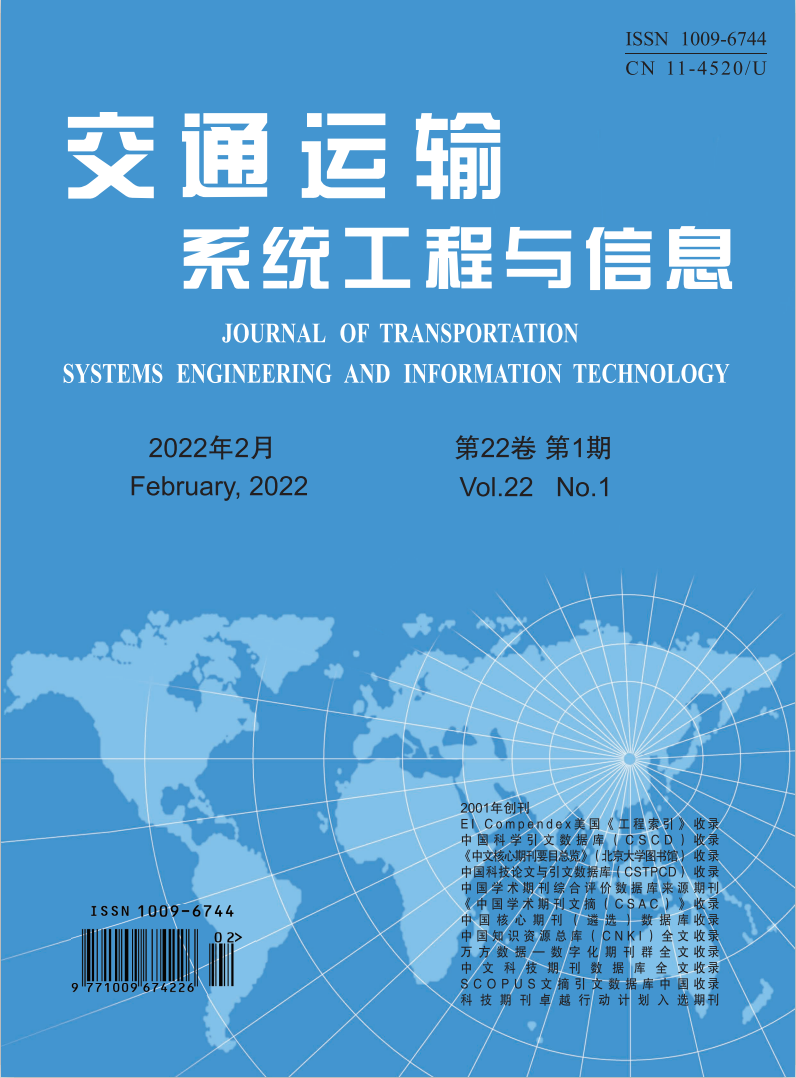|
|
Recognition of Abnormal Driving Behavior of Key Commercial Vehicles
ZHAO Jian-dong , CHEN Qin , JIAO Yan-li , ZHANG Kai-li , HAN Ming-min
2022, 22(1):
282-291.
DOI: 10.16097/j.cnki.1009-6744.2022.01.030
To strengthen the supervision and detection of key commercial vehicles' abnormal driving behaviors, we
proposed a combined model for recognizing abnormal driving behavior of key commercial vehicles based on a time
series symbolization algorithm (TSA) and a multi- scale convolutional neural network model (MCNN). Firstly, we
pre- processed the Beidou data. The commercial vehicles have the characteristics of multiple models, different speed
limits, and various abnormal driving behaviors, which can be used to define four abnormal driving behaviors. And a
sample data set was constructed. Secondly, we constructed a TSA-MCNN model to identify the sample data set. The
process can be divided into two stages. In the first stage, we introduced a time series symbolic algorithm that can
coarsely process data features and a multi- scale convolutional neural network that is capable of multi- channel
parameter input to build the TSA-MCNN model based on the Keras library. In the second stage, we used the sample
data set as the input variable to complete the training, testing, and identification of the model. Finally, we verified the performance of the TSA- MCNN model by key commercial vehicles' BeiDou data of Guanghe Expressway and
compared it with the traditional convolutional neural network (CNN) model and the DTW- KNN model. The
results show that the recognition accuracy of the TSA-MCNN is 97.25%, which is 20.50% and 5.63% higher than that
of the CNN model and DTW- KNN model. And the recognition accuracy of the TSA- MCNN model for different
behaviors including normal driving, speeding driving, emergency stopping, temporary stopping, and low-speed driving
is 26%, 26%, 23%, 28%, and 0 higher than the CNN model, and 13%, 6%, 5%, 3%, and 0 higher than the DTW-KNN
model. In conclusion, the proposed model has good performance for the recognition of abnormal driving behavior of
key commercial vehicles.
References |
Related Articles |
Metrics
|


